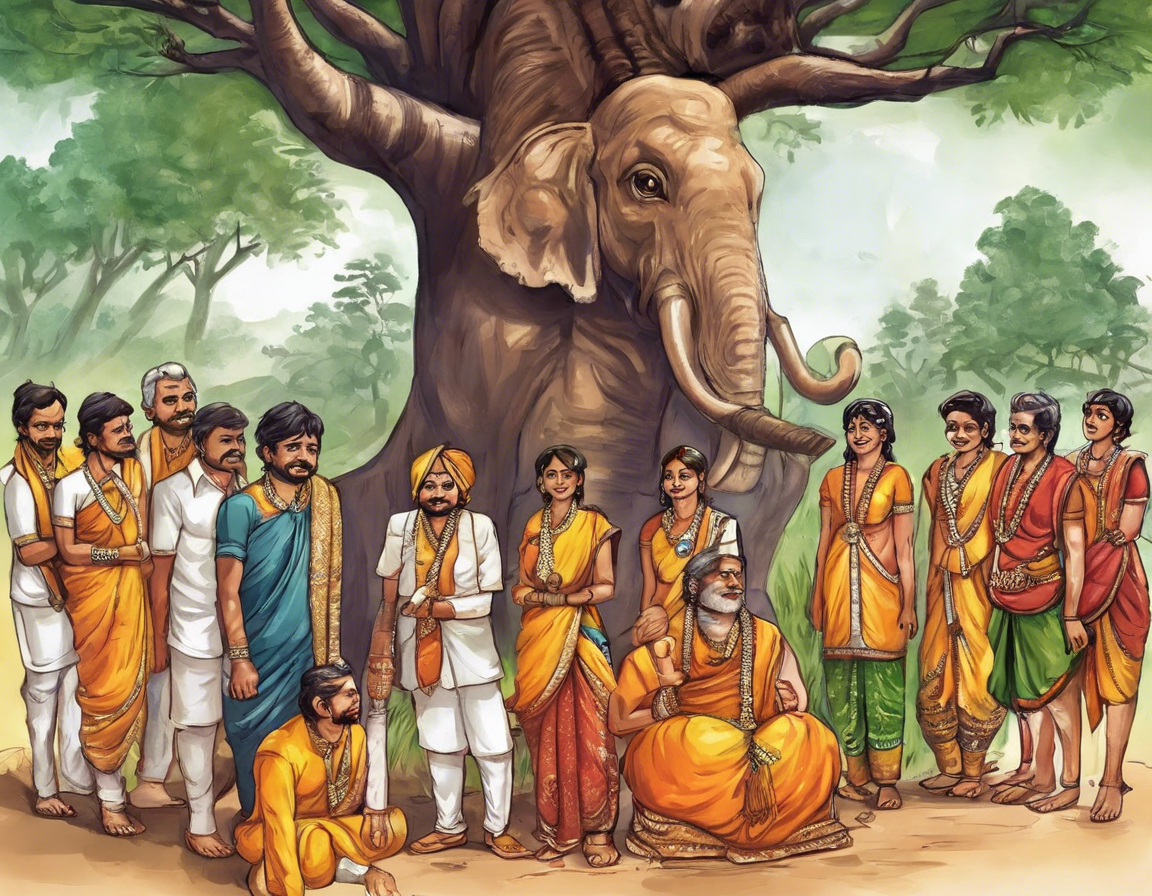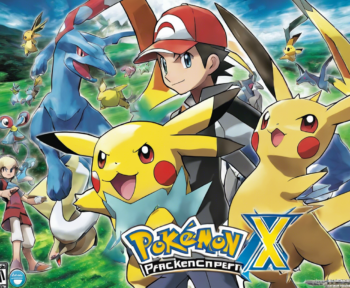Introduction:
Karnataka, a state in southern India, has a rich tradition of literature, with Kannada being one of the oldest classical languages in the world. The literature in Kannada dates back to centuries and has a diverse range of genres, themes, and styles. One of the most prominent forms of literature in Kannada is storytelling, which has been a vital part of the state’s cultural heritage for generations. In this blog post, we will delve into the world of Kannada stories, exploring their history, themes, significance, and impact on the literary landscape of Karnataka.
A Brief History of Kannada Stories:
The tradition of storytelling in Kannada can be traced back to ancient times when folk tales and myths were passed down orally from one generation to another. Over the years, these stories evolved and became more structured, leading to the emergence of written literature in Kannada. The Puranas, ancient Indian texts that contain mythological narratives, played a significant role in shaping the early Kannada storytelling tradition.
One of the earliest known works of Kannada literature is the Kavirajamarga, written by the Rashtrakuta king Nripatunga in the 9th century. This literary work, often considered the earliest available book in Kannada, laid the foundation for Kannada literature and provided insights into the literary styles and themes prevalent during that period.
Themes and Genres in Kannada Stories:
Kannada stories encompass a wide array of themes and genres, ranging from mythology and folklore to social issues and contemporary issues. Some of the common themes found in Kannada stories include love, betrayal, courage, morality, and spirituality. These stories often draw inspiration from Indian mythology and folklore, incorporating elements of fantasy, magic, and divine intervention.
One of the popular genres in Kannada storytelling is the “Janapada Kathe”, which refers to folk tales or stories that are passed down through generations. These stories are usually simple, yet profound, and often carry moral lessons or messages for the readers. Another prevalent genre is the “Navodaya”, which represents modern Kannada literature that addresses contemporary social and political issues in a creative and engaging manner.
Significance of Kannada Stories:
Kannada stories hold immense cultural and historical significance for the people of Karnataka. They serve as a means to preserve the state’s rich heritage and traditions, while also providing insights into the social, political, and cultural fabric of the region. Through storytelling, Kannada authors have been able to convey important moral values, lessons, and ideologies to the readers, thereby shaping the collective consciousness of the society.
Moreover, Kannada stories have played a crucial role in promoting the Kannada language and literature on a global platform. Many Kannada authors and storytellers have received recognition and accolades for their works, further solidifying the position of Kannada storytelling in the literary world.
Impact of Kannada Stories on Literature:
The impact of Kannada stories on literature extends beyond the boundaries of Karnataka, influencing the broader Indian literary landscape. Kannada literature has inspired and influenced writers and storytellers from other linguistic backgrounds, leading to cross-cultural exchanges and collaborations in the field of storytelling.
Furthermore, Kannada stories have been instrumental in fostering a sense of cultural pride and identity among the Kannada-speaking population. By celebrating their language and heritage through storytelling, the people of Karnataka have been able to preserve their cultural roots and pass them on to future generations.
Frequently Asked Questions (FAQs):
- What are some famous Kannada stories that every literature enthusiast should read?
-
Some popular Kannada stories include “Mookajjiya Kanasugalu” by Kota Shivaram Karanth, “Malegalalli Madumagalu” by Kuvempu, and “Randu Penkuttikal” by Sara Joseph.
-
Are Kannada stories only focused on traditional themes, or do they address contemporary issues as well?
-
Kannada stories cover a wide range of themes, including traditional and contemporary issues. Many authors incorporate modern-day challenges and societal problems into their narratives.
-
How can one access Kannada stories if they do not speak the language?
-
There are translated versions of many Kannada stories available in English and other languages. Online platforms and bookstores also offer a variety of Kannada literary works for non-Kannada speakers.
-
What role do women writers play in shaping Kannada storytelling?
-
Women writers have made significant contributions to Kannada literature, bringing unique perspectives and experiences to storytelling. Their works often revolve around gender issues, family dynamics, and societal norms.
-
Do Kannada stories have a global audience, or are they predominantly popular within Karnataka?
- While Kannada stories have a strong following within Karnataka, they have also garnered international recognition through translations and literary festivals. The universal themes in Kannada stories appeal to a global audience.
In conclusion, Kannada stories represent a vibrant tapestry of culture, tradition, and creativity that continues to captivate readers and enthusiasts worldwide. Through their timeless narratives and powerful messages, Kannada stories have transcended borders and languages, leaving an indelible mark on the literary world.



